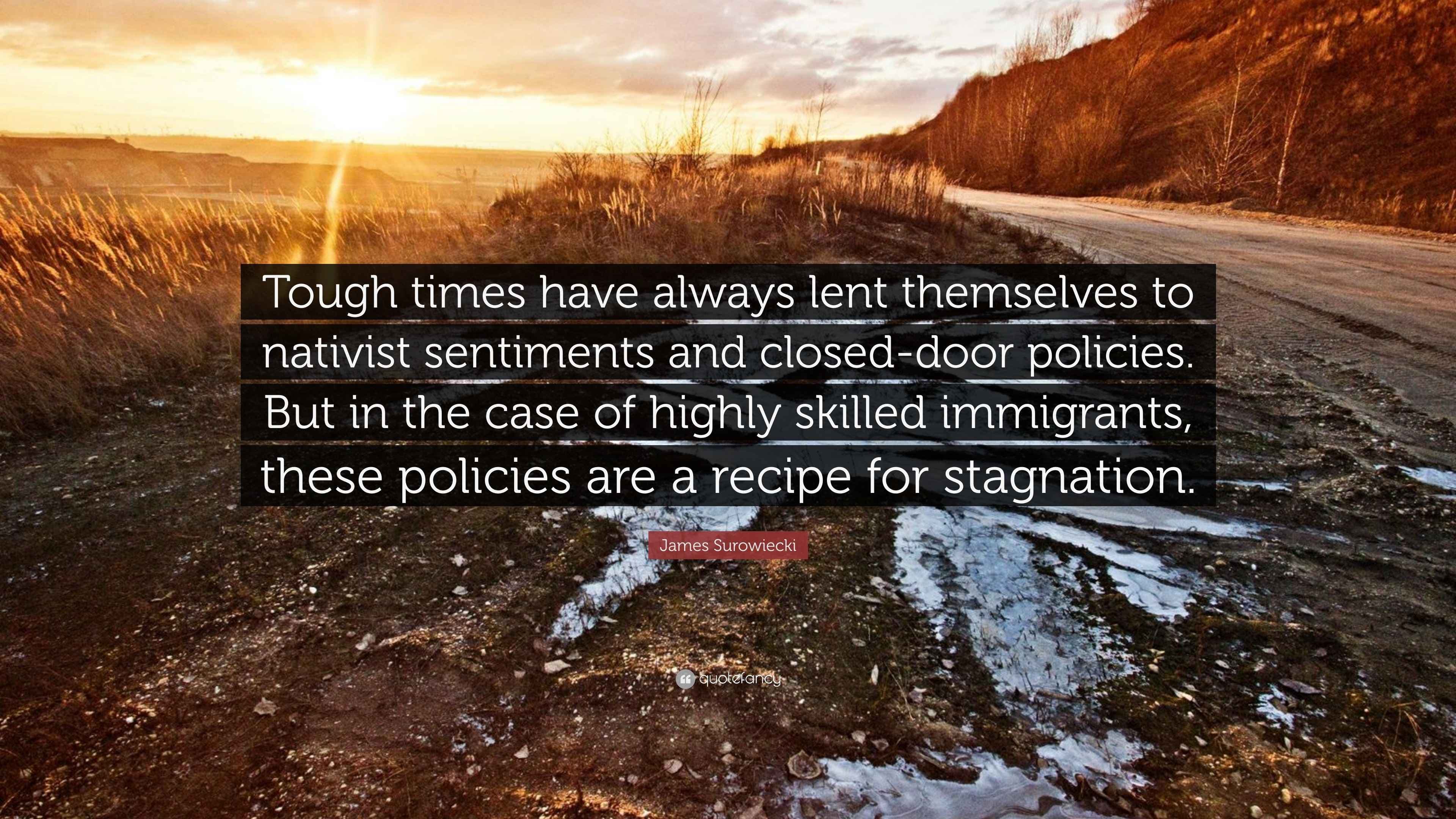Data Reveals Nuanced Picture of Immigrant Welfare Use, Challenging Misconceptions

Economist James Surowiecki recently highlighted a common misinterpretation regarding immigrant participation in welfare programs, stating in a tweet, "The total ignorance of math required to believe that this chart shows that most of the people on welfare are illegal immigrants is actually quite impressive." This comment underscores a persistent debate often fueled by misleading data presentations. Recent analyses offer a more comprehensive view, revealing the complexities behind immigrant households' access to public assistance.
Federal law significantly restricts access to most means-tested public benefits for undocumented immigrants. The Personal Responsibility and Work Opportunity Reconciliation Act (PRWORA) of 1996 established that "not qualified aliens," including those without legal status, are generally ineligible for federal programs such as SNAP, TANF, and non-emergency Medicaid. Legal permanent residents ("qualified immigrants") often face a five-year waiting period before becoming eligible for many of these federal benefits, though exceptions exist for emergency medical care and some state-funded programs.
Despite these restrictions, a 2022 analysis by the Center for Immigration Studies, based on the Survey of Income and Program Participation (SIPP), indicates that 59% of households headed by illegal immigrants utilize at least one major welfare program. This figure, while seemingly high, is largely attributed to the eligibility of U.S.-born citizen children residing in these households. These children, by virtue of their birthright citizenship, are fully eligible for all welfare programs.
The same study clarifies that illegal immigrant children can directly receive benefits like school lunch/breakfast and the Women, Infants, and Children (WIC) nutrition program. Furthermore, some states have independently chosen to provide Medicaid to certain undocumented adults and children. The data emphasizes that this usage does not indicate fraud but rather reflects eligibility pathways, particularly for citizen dependents.
Conversely, a report from the Cato Institute, also using 2022 SIPP data, found that immigrants, on a per capita basis, consumed 21% less welfare and entitlement benefits than native-born Americans. Specifically, noncitizen immigrants consumed 54% less means-tested welfare than native-born Americans. This distinction is crucial, as social insurance programs like Social Security and Medicare, which are not means-tested, are often conflated with welfare.
Surowiecki's critique highlights the importance of understanding the underlying data and eligibility rules when discussing immigrant welfare use. The reality is more intricate than often portrayed, with legal frameworks and family structures playing a significant role in who accesses public assistance.